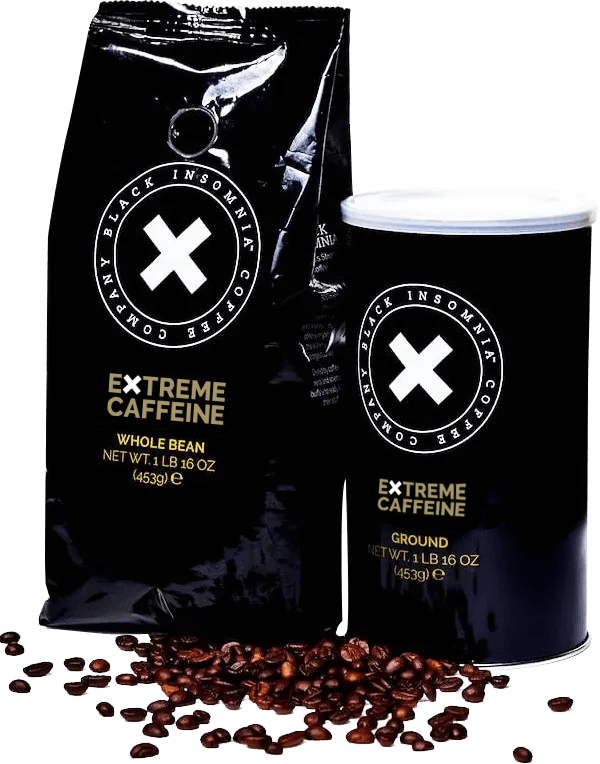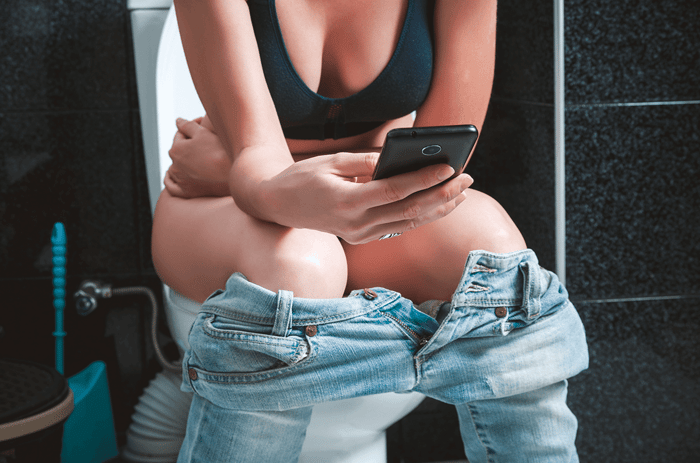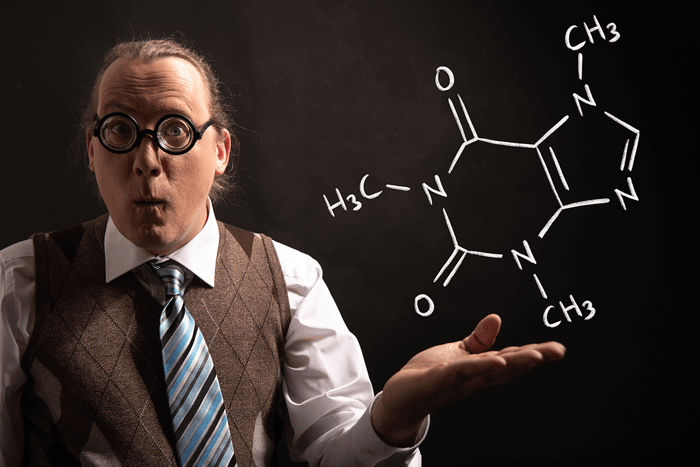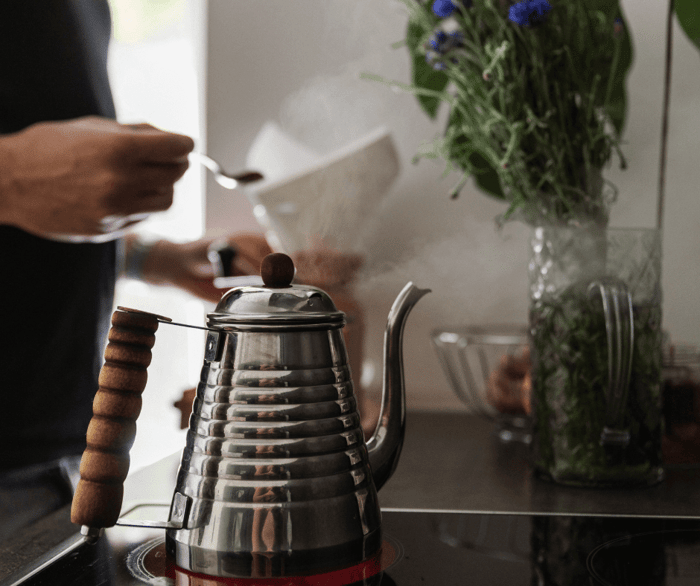Can you actually take in more caffeine by drinking different roasts of coffee?
Well, yes—with a big “but.”
Contrary to the average person’s beliefs, light roasts generally contain more caffeine compared to dark roasts. That information alone is enough to turn most peoples’ understanding of how much caffeine is in different coffee roasts on its head.
You now know more about coffee caffeine levels than the average American coffee drinker. Congrats!
Now, let’s talk about that big “but.”
The difference in caffeine content is actually small enough that it can be effectively negated between different batches of beans—though caffeine levels across beans are usually consistent enough that this would be rare.
Still, it shows how small the difference in caffeine between light and dark roasts can be. If you’re comparing one of these against a medium roast, that difference shrinks even smaller.
So let’s look more closely at the differences between each roast level:
Light Roast
- A lighter shade of brown
- Thinner body
- Highest acidity
- Retains the most caffeine from the coffee bean after the roasting process
- Retains the most oil on the outside of the beans
Medium Roast
- Darker shade than light roast, color may be similar to milk chocolate
- Balanced body
- Balanced acidity
- Retains some oil on
- Has a little less caffeine than light roast, and a little more than dark roast
Dark Roast
- Dark brown color, like dark chocolate
- Full body with bold flavor
- Lowest acidity of the three roast levels
- Has the least caffeine—but again, the difference here is minimal
Interestingly: If you measure your coffee beans out using a scoop, light roasted coffee will have more caffeine. However if you weigh your scoops, you’ll find that darker roasts will have more caffeine, because the beans have less mass.
So, if the roast level doesn’t affect the level of caffeine in your coffee that much, what does?
Things that affect caffeine content more than roast level include the type of coffee bean—Arabica vs Robusta beans, for instance. Even within each type, caffeine levels can vary based on the specific plant species.
And most coffee companies out there just stick to Arabica, which happens to be the most commonly grown bean in the world (Black Insomnia uses a proprietary blend of Arabica and Robusta beans).
After that, the way you choose to brew your coffee (drip, pour over, AeroPress, etc.) has a big impact on the amount of caffeine that makes it into the final cup.
No matter what anyone else tells you, the differences between light, medium, and dark roast have more to do with flavor, and less to do with caffeine content.
All other things being equal, the difference in caffeine level between roast shades is so small, most of us wouldn’t be able to tell the difference—then again, the taste would be a big giveaway.
So next time you restock on the world’s best highly caffeinated coffee, base your roast choice on taste—not caffeine content.






